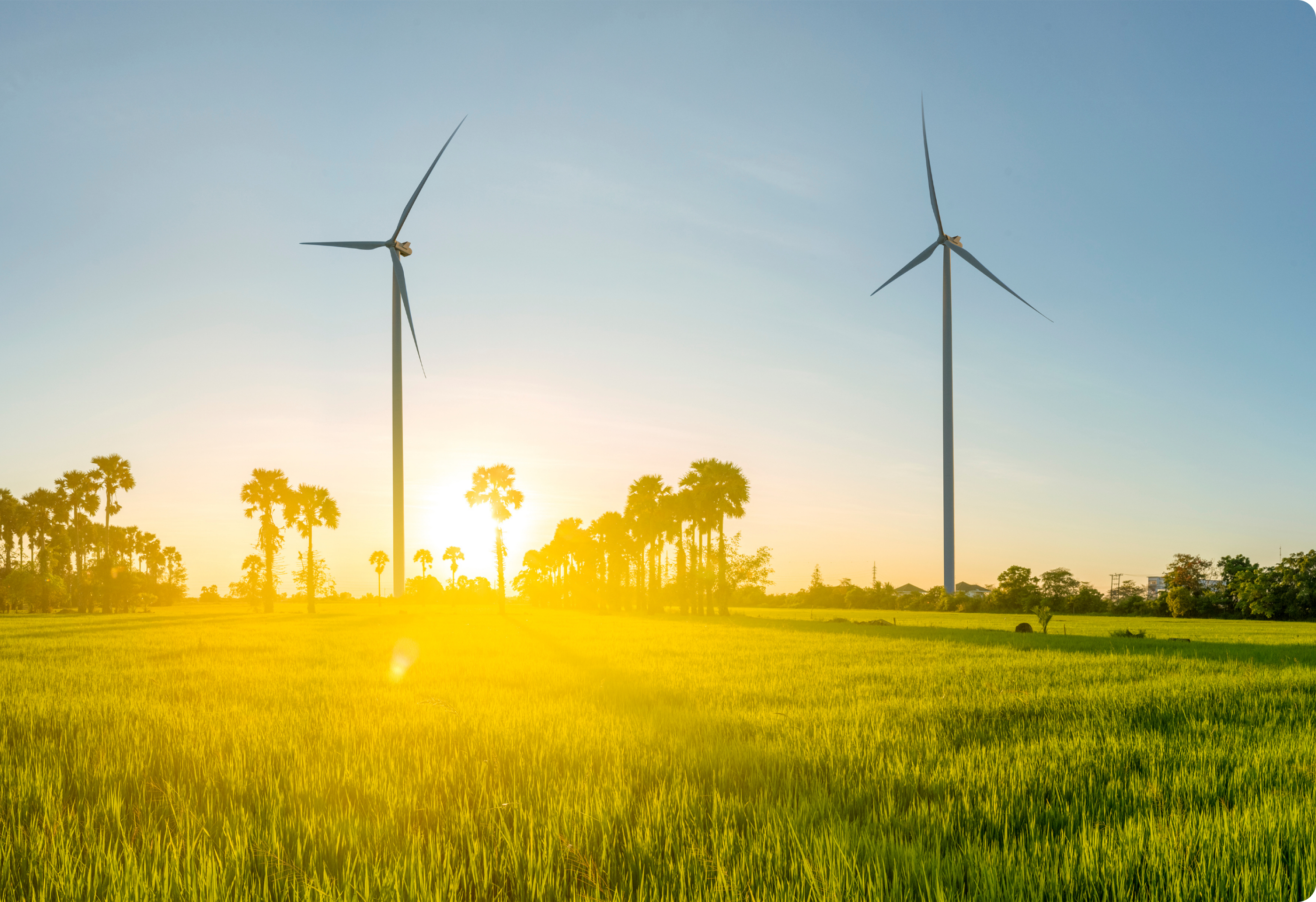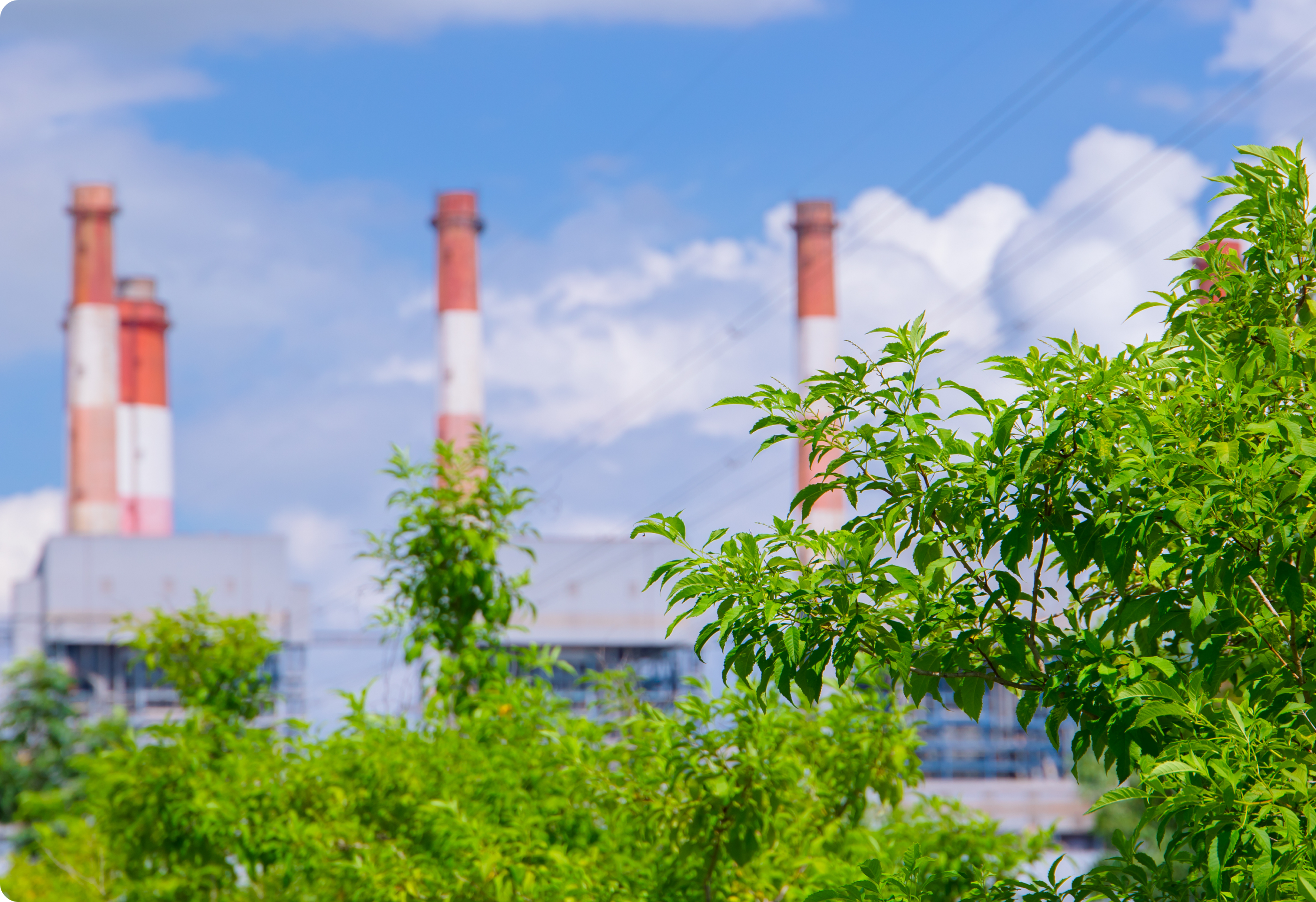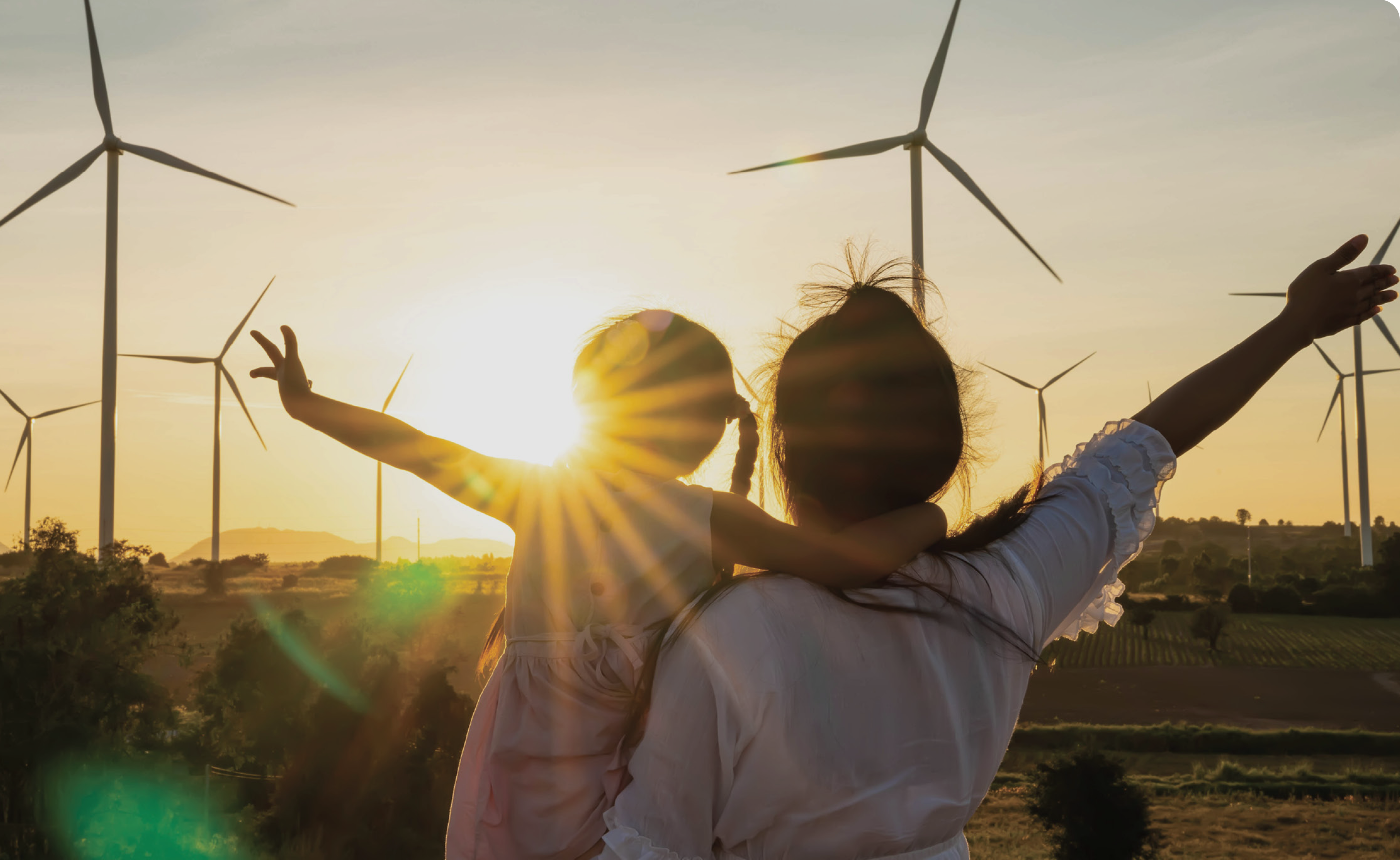
One key focus is the reduction in the carbon footprint of its operations and actively reducing greenhouse gas emissions across its business processes. This extends to the entire value chain as the company collaborates with suppliers and partners to lower their carbon footprint as well.
By embracing innovative technologies and energy-efficient solutions, the company aims to transition towards a zero-carbon future. This proactive approach helps reduce dependency on fossil fuels while aligning with global efforts to combat climate change. The company promotes a circular economy approach which prioritises reducing resource consumption and minimizing waste.
Hitech manufacturing sites near key client locations offer us a cost advantage and reinforce our pact with our planet through lower transportation requirements and consequent carbon footprints.
Our innovation experts continually work on methods to enhance resource utilisation efficiency, powering sustainable growth. This is reflected in our innovative creations, such as customised stackable containers that regulate transport volumes, eco-friendly chemical formulations, and shift to environment-friendly raw materials.
Waste reduction is achieved by optimizing production processes, recycling materials and encouraging the reuse of products thus lowering the overall environmental impact. Furthermore, the company actively works to preserve the natural environment through various initiatives focused on ecosystem restoration and conservation. The company invests in plantation projects and river cleaning projects which contribute to healthier ecosystems.
Incorporating sustainability into every aspect of its business helps the company create a long-term value while protecting the planet for future generations. This approach reflects the commitment to responsible, corporate citizenship ensuring that its growth does not come at the expense of the environment.


It is a key driver of the company’s decision-making processes and operations. Through this commitment, Hitech positions itself as a leader in the transition to a greener, cleaner and more equitable global economy.